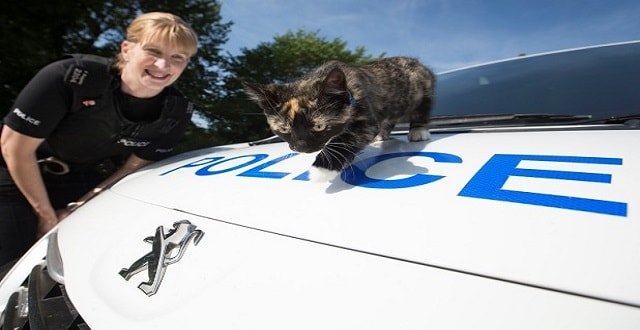Artificial respiration (AR) and cardiopulmonary resuscitation (CPR) are emergency procedures which at some point might very well save your cat’s life.
Hopefully, of course, you will never find yourself in a situation like that, but it is good to know how to react. The most important thing is not to let it go to that point, so if you are noticing some signs like difficulty breathing, weakness, unconsciousness, and severe injury - take your cat to a veterinarian immediately, and if it is necessary and you administer it correctly, CPR may give you enough time to get there.
Before you do anything at all, you need to check if your cat needs CPR.
* Check the breathing – You can do this by closely monitoring for chest movement, you can put your hand or a mirror close to the nose to feel his breath. If there are any signs that the cat is breathing, then CPR is probably not necessary.
* Check the color of the cat’s gums – If your cat is not getting enough oxygen the gums may turn blue or grey, and white gums can be a sign of bad blood circulation.
* Check for the pulse – You can check it on the inside of the cat’s thigh, where the leg meets the body. You can also try to listen for a heartbeat by putting your ear (or stethoscope) on the left side of the cat’s chest, near the elbow.
In case of emergency follow these steps, and preferably while you are on your way to the veterinarian:
1.) Check for breathing.
2.) If there is none, then open the mouth and remove any obstructions in the airway.
3.) Pull the cat’s tongue to the front of the mouth, then close the mouth and gently hold it shut.
4.) Make absolutely sure the neck is straight and breathe short puffs of air into the nose – one breath every 4 to 5 seconds. (If you have been trained in CPR for human infants, use a similar strength of breath.)
5.) Watch for any chest movement; the chest should both rise when you give a breath and relax after the breath.
6,) If the cat’s heart happens to stop, use both artificial respiration and CPR (steps 7-10)
7,) Check now for a heartbeat and pulse.
8.) If there is none, lay your cat on his right side on a completely flat surface.
9.) Place your thumb and fingers from one hand on either side of his chest behind his elbows and then give a quick squeeze to compress the chest to about 1/2 of its normal thickness.
10.) Compress the cat’s chest about 15 times every 10 seconds; give a breath about every 10 compressions.
Unfortunately, most cats that get to the point of needing CPR do not survive. If your cat does manage to survive it will probably need to remain in a hospital for a while, and it will take much aftercare till it gets better. Carefully follow the instructions of the veterinarian and if you don’t see results or you see that the situation is getting worse contact him as soon as possible.
Accidents will and so happen, but if you are cautious and take your cat to regular check-ups maybe you can lower the chances of your cat ever needing CPR.




